The "king" of Android smartphones is back! After a Galaxy S24 Ultra very well received by critics and users, Samsung renews its flagship by unveiling the Galaxy S25 Ultra. The brand's new flagship smartphone does not rest completely on its laurels and brings change in continuity. Based on its predecessor, it makes several modifications to retain its crown in the face of fierce competition.
The match of features
| Galaxy S25 Ultra | Galaxy S24 Ultra | |
|---|---|---|
| Screen | - 6.9-inch Infinity-O screen - Dynamic AMOLED 2X - Flat screen in 20:9 format - QHD+ definition (3120x1440, 500ppp) - HDR10+ - LPTO 1-120Hz - 240Hz Touch Sensor - Gorilla Glass Armor 2 - Punch in the center | - 6.8-inch Infinity-O screen - Dynamic AMOLED 2X - Flat screen in 20:9 format - QHD+ definition (3120x1440 505ppp) - HDR10+ - LPTO 1-120Hz - 240Hz Touch Sensor - Gorilla Glass Armor - Center punch |
| Design | - Titanium surround - Gorilla Glass Victus 2 glass back - IP68 - Space storage space for the S Pen | - Titanium surround - Gorilla Glass Victus 2 back - IP68 - Storage space for the S Pen |
| SoC and GPU | - Qualcomm Snapdragon 8 Elite - Adreno 830 GPU | - Qualcomm Snapdragon 8 Gen 3 - Adreno 750 GPU |
| Memory | - 12GB of RAM - 256GB, 512GB or 1TB of storage - No Micro-SD port | - 12GB of RAM - 256GB, 512GB or 1TB of storage - No Micro-SD port |
| Colors | - Silver Blue - White Silver - Gray - Black - Pink Gold (Samsung.com Exclusive) - Jet Black (Samsung.com Exclusive) - Jade Green (Samsung.com Exclusive) | - Black - Grey - Purple - Amber |
| Camera | - 200 MP main sensor - Output in 12 MP, 50 MP or 200 MP - 23mm, f/1.7 aperture, Quad Pixel, Optical Stabilization and Phase Detection Autofocus - 10 MP 3x telephoto sensor #1 - 69mm, 36°, F/2.4 aperture, Optical Stabilization and Dual Pixel Autofocus - 50 MP 5x telephoto sensor #2 - 115mm, 22°, F/3.4 aperture, Optical Stabilization and Dual Pixel Autofocus - 50 MP ultra-wide-angle sensor - 13mm, 120°, F/1.9 aperture and Dual Pixel Autofocus - Automatic HDR photo - Night Mode - 10x Optical Zoom - Space Zoom 100x (digital) - 8K video capture at 30fps - UltraHD video capture at 60fps on all sensors - Slow motion up to 960fps in 1080p - Optical video stabilization up to 4K - Digital video stabilization in 8K - Super stabilized Action-Cam video mode 1080p - Night Hyperlapse - Single Shot mode Photo (AI Best Moment, Ultra Wide Shot, Live Focus, AI Filter, Smart Crop) Video (Forward and Backward Videos, Original Video) - 12 MP front sensor - 25mm, 80°, f/2.2 aperture - Dual Pixel autofocus - 2D face recognition - Automatic HDR - Front video capture in UltraHD at 60fps | - 200 MP main sensor - Output in 12 MP, 50MP or 200MP - 23mm, f/1.7 aperture, Optical Stabilization and Phase Detection Autofocus - 10 MP 3x telephoto sensor #1 - 69mm, 36°, F/2.4 aperture, Optical Stabilization and Dual Pixel Autofocus - 50 MP 5x telephoto sensor #2 - 115mm, 22°, F/3.4 aperture, Optical Stabilization and Dual Pixel Autofocus - 12 MP ultra-wide-angle sensor - 13mm, 120°, F/2.2 aperture and Dual Pixel Autofocus - Automatic HDR photo - Night Mode - Optical Zoom 10x - 100x Space Zoom (digital) - 8K video capture at 30fps - UltraHD video capture at 60fps on all sensors - Slow motion up to 960fps in 1080p - Optical video stabilization up to 4K - Digital video stabilization in 8K - Super stabilized Action-Cam video mode 1080p - Night Hyperlapse - Single Shot mode Photo (AI Best Moment, Ultra Wide Shot, Live Focus, AI Filter, Smart Crop) Video (Forward and Backward Videos, Original Video) - 12 MP front sensor - 25mm, 80°, f/2.2 aperture - Dual Pixel autofocus - 2D face recognition - Automatic HDR - Video capture front in UltraHD at 60fps |
| Audio | - AKG stereo speaker - Dolby Atmos - no 3.5mm jack | - Stereo speaker AKG - Dolby Atmos - no 3.5mm jack |
| Battery | - 5000 mAh - Super Fast Charging 45W - USB-C port - Fast Wireless Charging 2.0 10W - Wireless Powershare | - 5000 mAh - Super Fast Charging 45W - USB-C port - Fast Wireless Charging 2.0 10W - Wireless Powershare |
| Connectivity | - Ultrasonic fingerprint reader under the screen - Bluetooth 5.4 - WiFi 7 - Ultra Wide Band - 2x nano-SIM - 5G sub-6 - S Pen support | - Ultrasonic fingerprint reader under the screen - Bluetooth 5.3 - WiFi 7 - Ultra Wide Band - 2x nano-SIM - 5G sub-6 - S Pen support |
| Software | - Android 15 - One UI 7 - Samsung DeX | - Android 14 - One UI 6.1 - Samsung DeX |
| Size and Weight | - 162.8 x 77.6 x 8.2 mm - 218g | - 162.3 x 79 x 8.6 mm - 232g |
| Price | - S25 Ultra 256GB: €1469 - S25 Ultra 512GB: €1589 - S25 Ultra 1TB: €1829 | - 256GB / 8GB: 1469€ - 512GB / 12GB: 1589€ - 1TB / 12GB: 1829€ |
| Availability date | - February 7, 2025 | - January 31, 2024 |
Also read: Samsung Galaxy S25, S25+ and S25 Ultra: everything you really need to know
A flatter design… and slightly larger screen
The most notable change concerns the design part with a “refresh” from Samsung. The flagship of the Galaxy S maintains its line of conduct and the style remains perfectly recognizable, thanks in particular to the arrangement of the different photo sensors on the back of the device. The Samsung Galaxy S25 Ultra opts for a flatter design than before, with the presence of flat and not rounded edges, like on the S24 Ultra. The brand is also looking to maximize the display area on the front of the device, opting for barely rounded corners.
Consistent with rumors, we note that the corners are more rounded than on the previous model. A change that should ensure a better grip than on the S24 Ultra, regularly criticized for its overly angular corners.
The most observant will also note that the camera block is a little closer to the style of the Galaxy Z Fold6 with modules circled in black. As is the case with the Ultra model, we find the location for the S Pen which slides into the edge of the smartphone.
Always bigger, but lighter
In terms of the screen, technologies ultimately evolve relatively little from one year to the next. The Galaxy S25 Ultra retains a Dynamic AMOLED 2X panel, called Infinity-O, of 6.9 inches, compared to 6.8 inches for the S24 Ultra. We find LTPO technology for an adaptive refresh rate of 1 to 120 Hz. The screen benefits this year from Gorilla Glass Armor 2 protection, replacing the Corning Gorilla Armor on the S24 Ultra. The smartphone retains a Titanium outline and Gorilla Glass Victus 2 on the back, as well as its IP68 certification.
Finally, the Galaxy S25 Ultra comes in dimensions of 162.8 x 77.6 x 8.2 mm. It is very slightly larger than the Galaxy S24 Ultra (162.3 mm), but also narrower (79 mm for the S24 Ultra) and thinner (8.6 mm for the S24 Ultra). The new model is especially lighter, weighing 218 g, compared to 232 g for its predecessor.
Even more power
The change was expected and Samsung does not surprise by integrating the Snapdragon 8 Elite into its Galaxy S25 Ultra. It succeeds the Snapdragon 8 Gen 3 and arrives, again this year, in a version optimized for the smartphones of the South Korean giant. The presence of Qualcomm's SoC reassures as to the capacity of the flagship of the range to offer an excellent level of performance in everyday tasks and to run the new One UI 7 interface, as in the most demanding uses, such as gaming.
The good news for users is that the Snapdragon 8 Elite marks a real break with the Snapdragon 8 Gen 3. This year we find super-powerful Oryion CPU cores from Snapdragon PC chips to be even more efficient. Qualcomm took advantage of major changes to review all the important elements (GPU, ISP, NPU) in order to regain supremacy in high-end mobile chips. When the chip was announced, Qualcomm mentioned up to 45% more performance and a reduction of up to 44% in consumption (at equal power). The GPU is not left behind with a gain of 40% at equal consumption and 40% more energy efficient. Other good news, ray-tracing performance increases by 35% compared to the previous generation and the chip is even more efficient with AI.
A Snapdragon 8 Elite optimized by Samsung
The Samsung Galaxy S25 Ultra has all the cards in hand to be a reference in the field, especially since the manufacturer has the right to make its own adjustments. The Snapdragon 8 Elite of the Galaxy S25 is entitled to two very high-performance Oryon cores (up to 4.47 GHz) and six high-performance cores (up to 3.53 GHz). Compared to a Snapdragon 8 Elite, we see that the two Oryon cores run at a higher frequency (+ 0.15 GHz).
| Snapdragon 8 Elite for Galaxy | Snapdragon 8 Elite 108px;"> | CPU | – 2 x 4.47 GHz (Oryon V2 Phoenix L) – 6 x 3.53 GHz (Oryon V2 Phoenix M) | – 2 x 4.32 GHz (Oryon V2 Phoenix L) – 6 x 3.53 GHz (Oryon V2 Phoenix M) | |
| GPU | Adreno 830 | Adreno 830 |
An even more versatile camera unit
Unlike its little brothers, the Samsung Galaxy S25 Ultra has some notable new features in terms of photography. The main 200-megapixel sensor remains, as does the second 50-megapixel periscopic telephoto lens with 5x optical zoom. The latter was the big new feature of the Galaxy S24 Ultra with its new f/3.4 aperture, and the Galaxy S25 Ultra adds a new ultra-wide angle topped with a 50-megapixel sensor (f/1.9). This is a notable improvement compared to its predecessor, which only had a 12-megapixel ultra-wide angle. We can expect much more detailed photos than last year with this higher definition, as well as even more versatility.
Samsung remains one of the rare manufacturers to maintain the course of offering four photo modules on its flagship. However, and contrary to some rumors, the 10-megapixel x3 telephoto lens is not changing and remains present on the Galaxy S25 Ultra.
Of course, we must not forget that the smartphone battle is mainly played out in AI-assisted processing. The Samsung Galaxy S25 Ultra promises to widen the gap on its predecessor in this area, especially at night. A new Macro mode, offered via the 50-megapixel telephoto lens, is also available on this model.
More comfortable in video
Samsung is not limited to photos and is bringing improvements in video. Like its elder, the Galaxy S25 Ultra is capable of recording videos in 8K at 30 fps or 4K at 60 fps. But now he can do it from any camera.
The other major new feature is the ability to shoot videos in Galaxy LOG, which offers more flexibility in post-production. In addition, Samsung is taking inspiration from the Google Pixel by allowing ambient noise to be eliminated to focus on the voice. It works locally and there is no need to go through the cloud to take advantage of it. The tool can also eliminate voice, ambient noise, wind, music or crowd noise.
Even more AI
Galaxy AI was the big new feature last year at Samsung and on the Galaxy S24. The South Korean manufacturer has taken a certain lead over its competitors, benefiting from the partnership with Google to highlight certain AI-boosted functions. Artificial intelligence is still a key element this year and Samsung promises more efficiency on a daily basis. As we were able to see during our hands-on, the big new feature of 2025 is Cross-App. With the help of AI, the Galaxy S25 is able to recognize what the user is doing on the screen and suggest certain actions. If you decide to scan a concert ticket, Samsung's AI will offer to display the concert location in Maps and a route.
Practical functions that could be exclusive, at least initially, to the Galaxy S25. At the time of writing, we do not yet know what Samsung is planning for its range and we will update this comparison as soon as we know more about it.
Also read: Samsung Galaxy S25(+) vs Galaxy S24(+): what improvements?


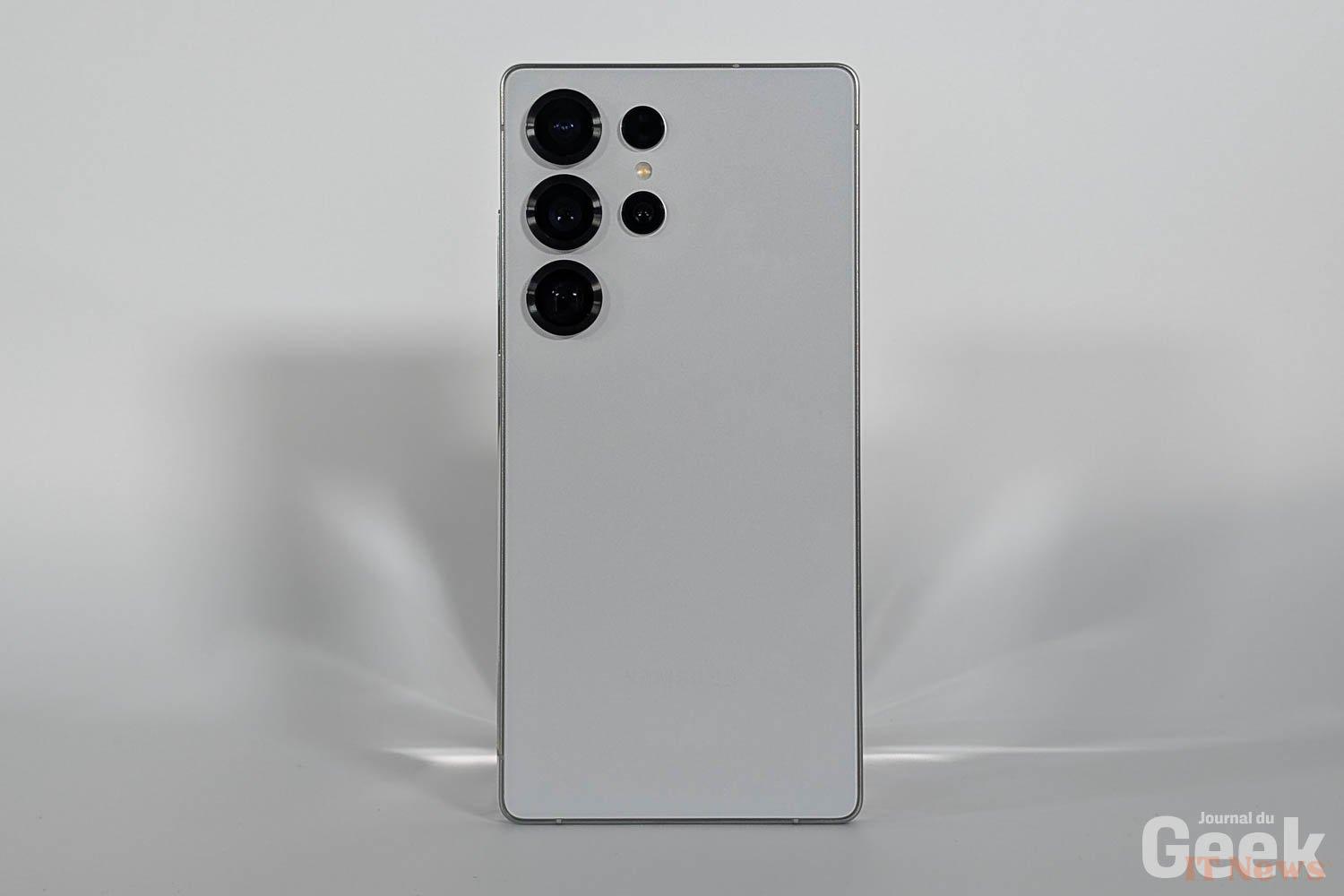
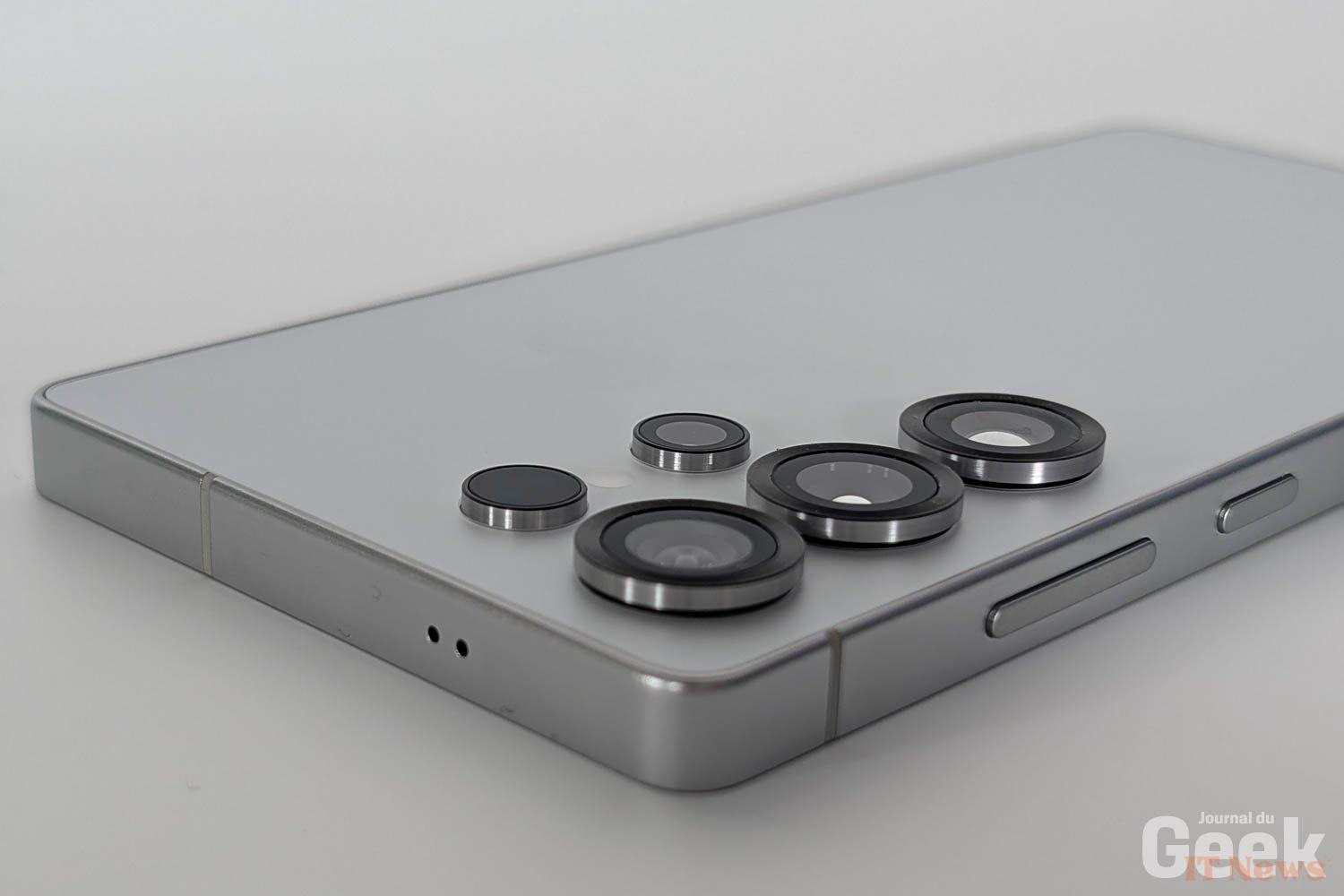
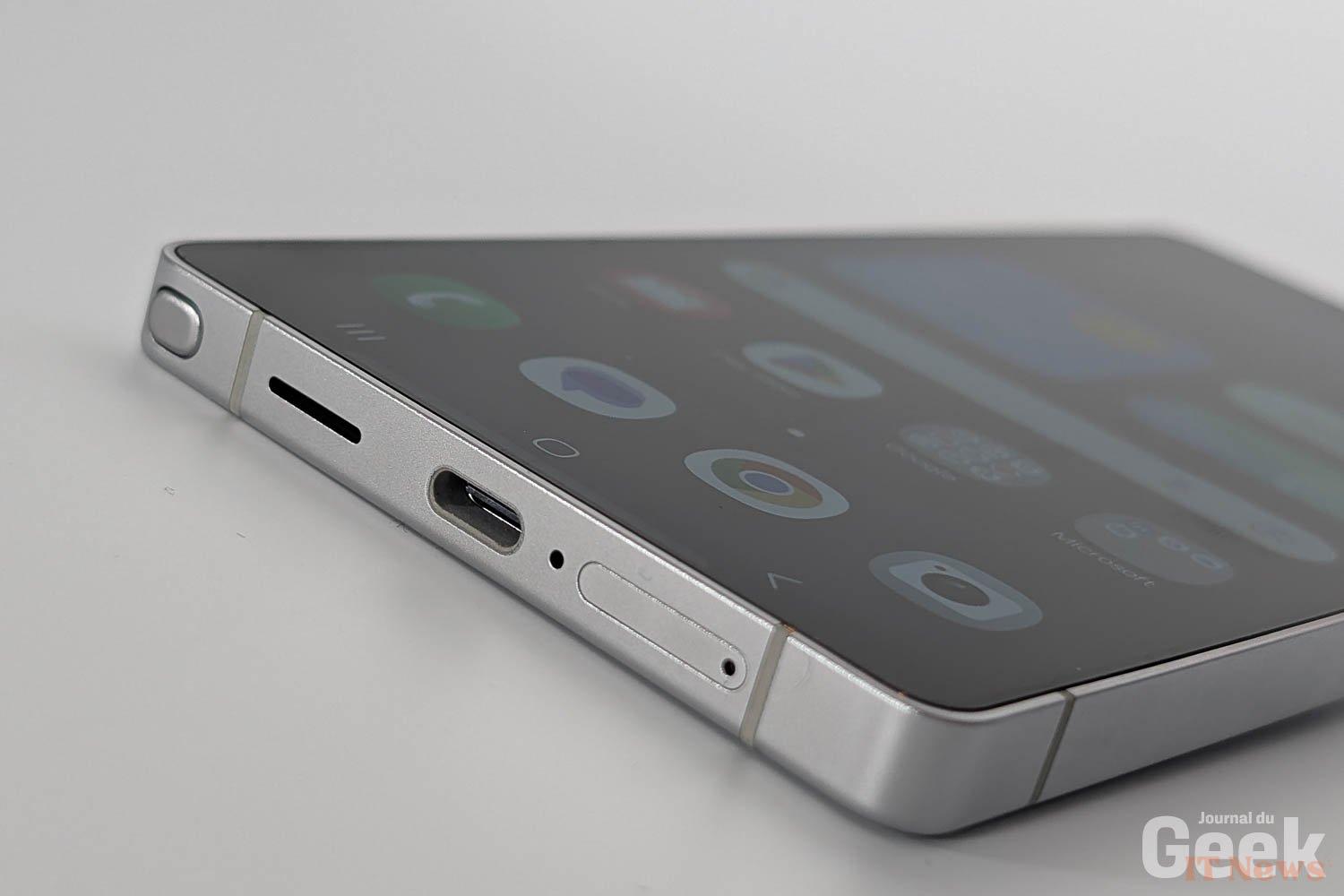

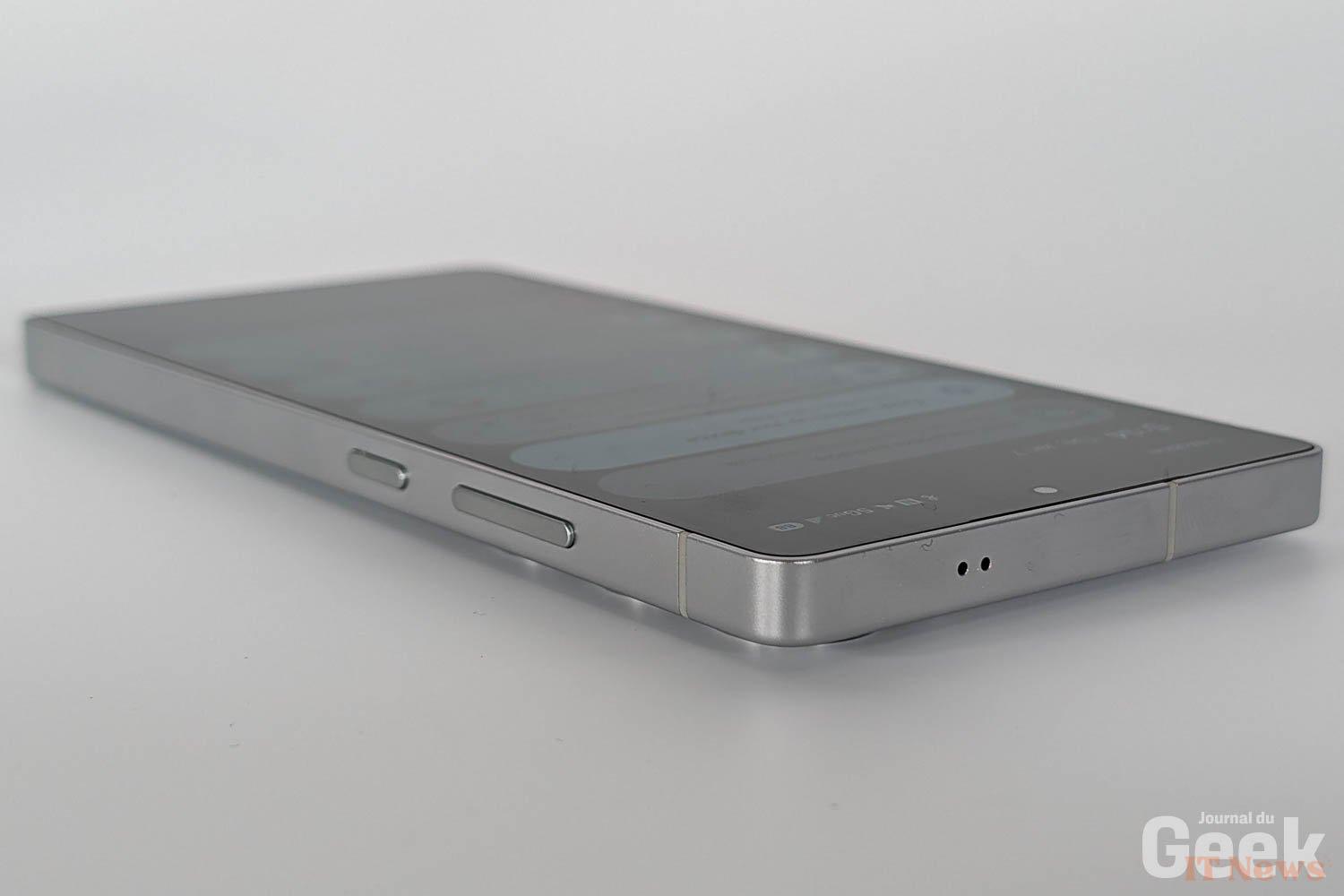


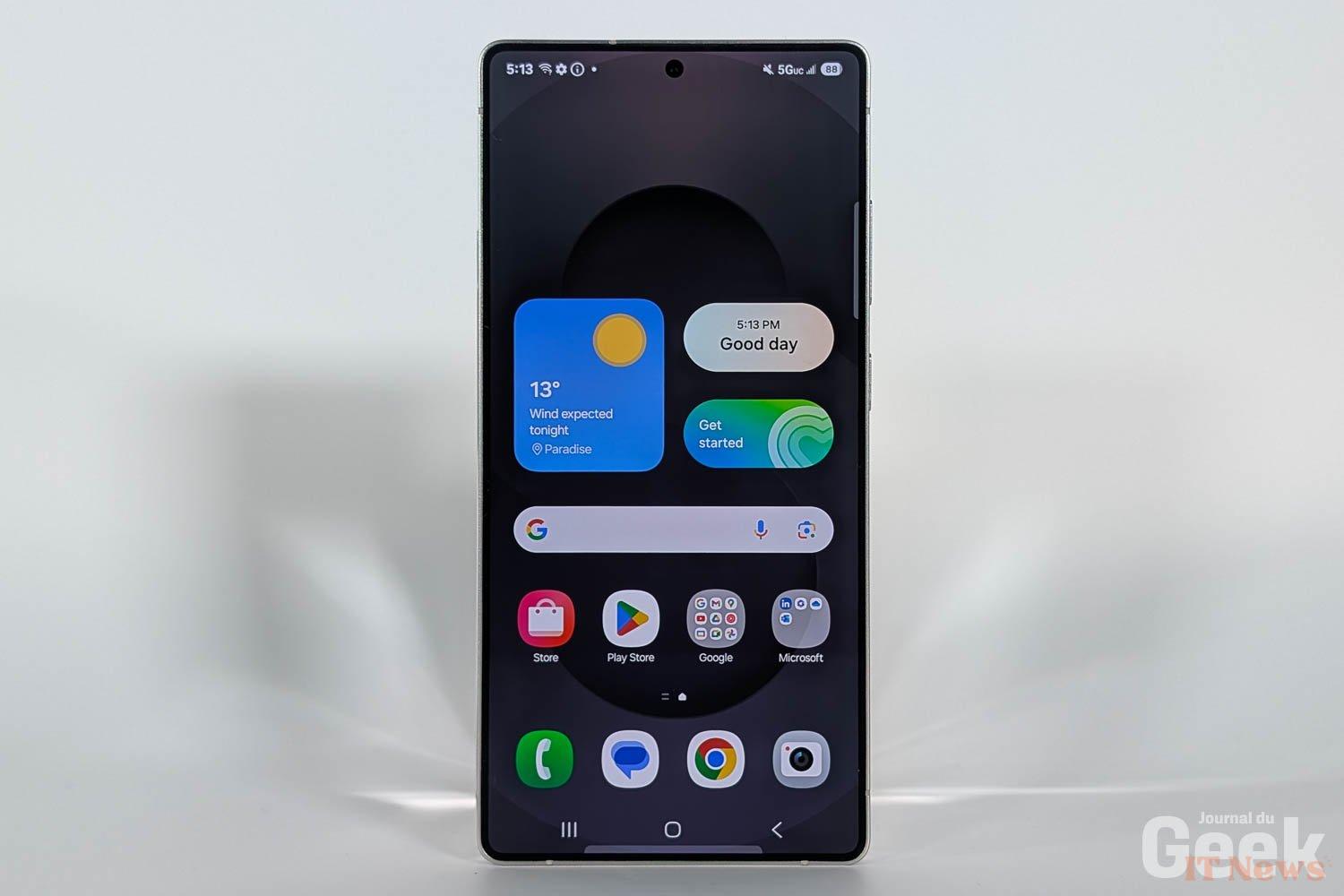
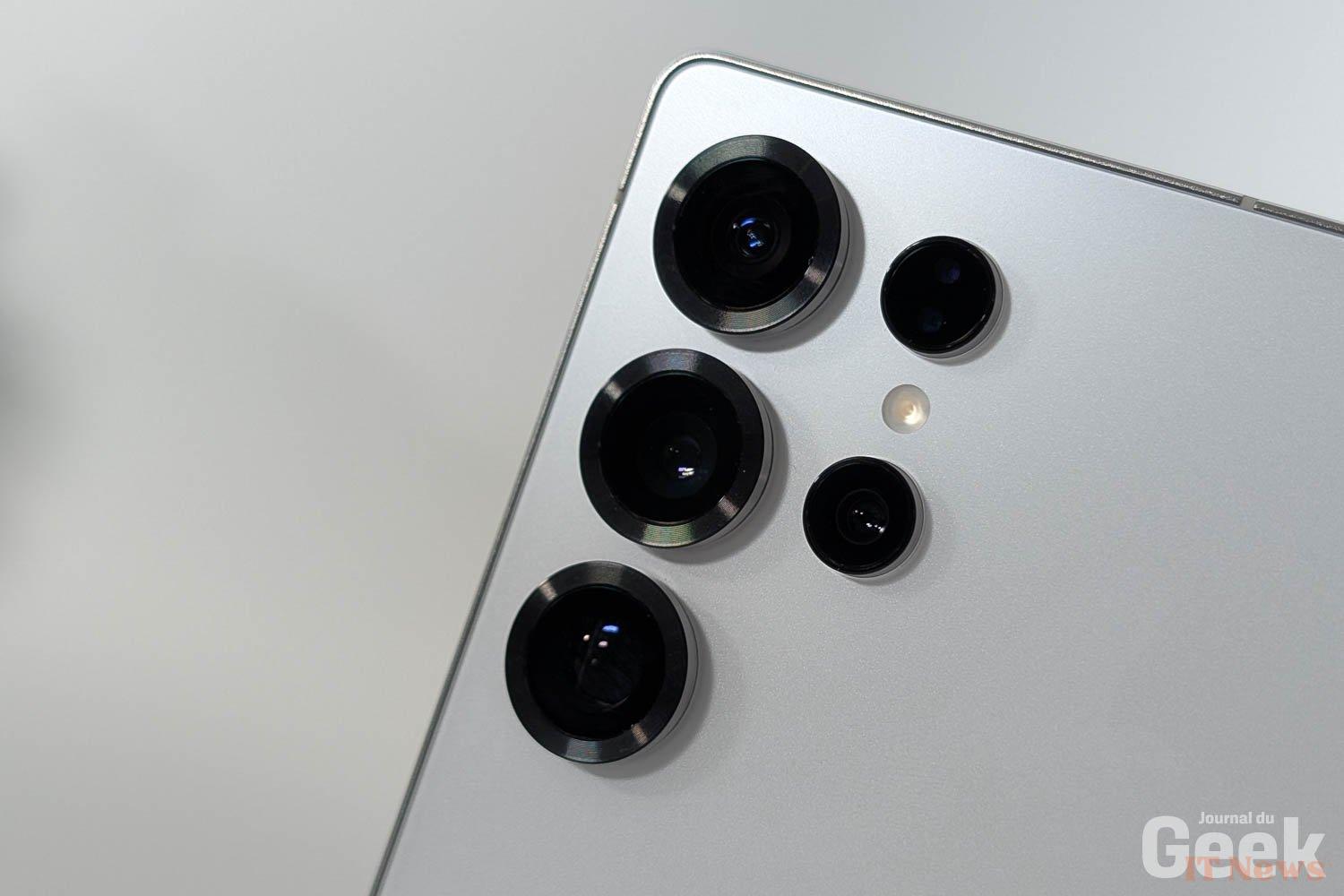


0 Comments